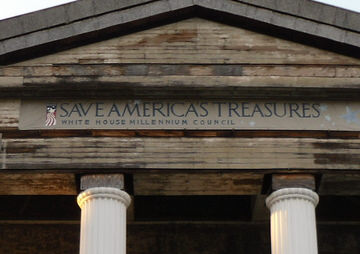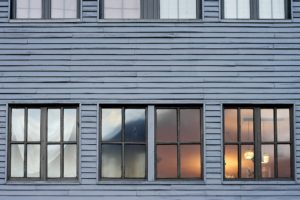Newburgh, N.Y.: A Once-Grand City That Had Its Heart Torn Out
“Once one of the grandest cities in the entire north-east, the story of Newburgh’s decline and the fight to resurrect it is the story of the struggle of many cities in the United States, a story that says much about how the nation views its urban centres, and the problems and challenges that go with them,” writes The Guardian's Michael Deibert. The Dutch Reformed Church, designed by Alexander Jackson Davis in 1835, in Newburgh, N.Y. (Doug Kerr / CC BY-SA 2.0)
The Dutch Reformed Church, designed by Alexander Jackson Davis in 1835, in Newburgh, N.Y. (Doug Kerr / CC BY-SA 2.0)
“Once one of the grandest cities in the entire north-east, the story of Newburgh’s decline and the fight to resurrect it is the story of the struggle of many cities in the United States, a story that says much about how the nation views its urban centres, and the problems and challenges that go with them,” writes Michael Deibert at The Guardian.
Deibert continues:
It is the story of a city whose success rose on the shoulders of working-class Americans who then watched as the livelihoods they depended on disappeared under the seemingly placid gaze of the federal government. It’s the story of how into that void organised crime of various stripes could undermine the fabric of civic life. And it’s the story of a place whose buildings speak not only of a faded grandeur, but also of the frayed social contract of the United States, a contract on life support but not yet fully dead.
An old city by US standards, Newburgh was founded in 1709 by several dozen German Lutheran immigrants (many of the graves in the old city cemetery date back to the 1700s). For decades, it was the key link between the state capital of Albany and New York City, the linchpin of the thriving Hudson River maritime trade to such a degree that deep-sea whaling boats would often dock in its port.
It is no exaggeration to say that Newburgh is one of the most architecturally significant cities in the country. Though important buildings, such as the city’s magnificent Dutch Reformed Church, were being built as early as 1835, it was during the second half of the 19th century that the city’s promise fully bloomed, and it now represents a virtual open-air museum of important architecture from the era. Newburgh native Andrew Jackson Downing and the Anglo-Americans Calvert Vaux (co-creator of New York’s Central Park) and Frederick Clarke Withers all built luxurious, ornate mansions to rival anything seen elsewhere in the country.
Continue reading here.
— Posted by Alexander Reed Kelly.
Your support matters…Independent journalism is under threat and overshadowed by heavily funded mainstream media.
You can help level the playing field. Become a member.
Your tax-deductible contribution keeps us digging beneath the headlines to give you thought-provoking, investigative reporting and analysis that unearths what's really happening- without compromise.
Give today to support our courageous, independent journalists.






You need to be a supporter to comment.
There are currently no responses to this article.
Be the first to respond.